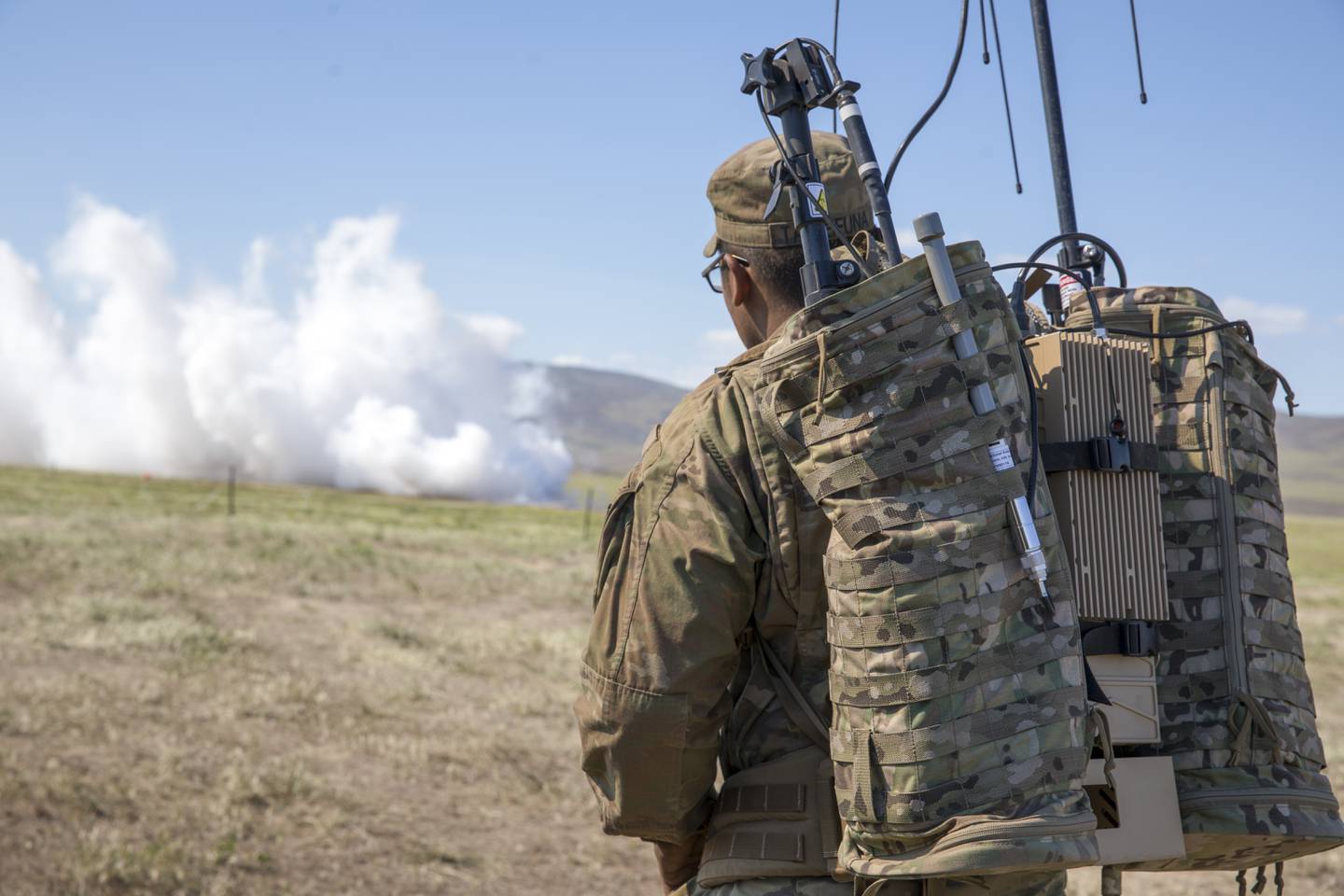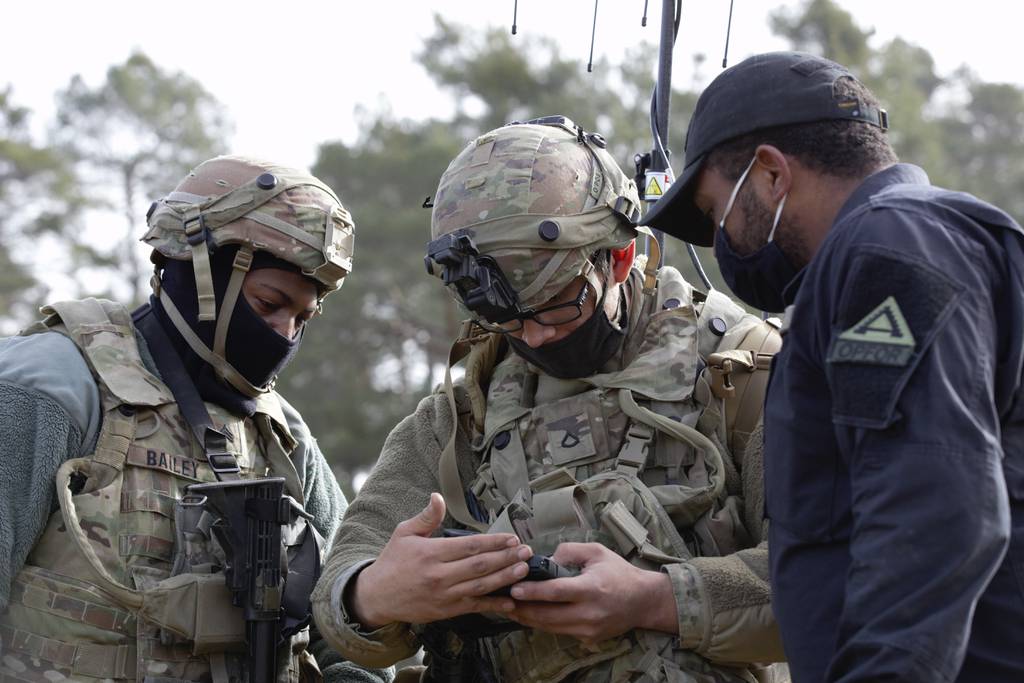ARLINGTON, Va. – The Army will select brigades to experiment with networks, cyber, electromagnetic warfare, small drones and loitering munitions while on overseas deployments as the service seeks to strike the right balance for these rapidly evolving tools.
Chief of Staff of the Army Gen. Randy George repeatedly emphasized the push, dubbed “transforming in contact” as a new way to experiment in realistic scenarios and get “bottom-up” feedback from soldiers and units during a Tuesday event at the Association of the U.S. Army headquarters.
“We have a starting point, but the view is we’re going to see a lot of refinements in the field,” George said.
The plan includes adjusting the size and equipment for the brigade’s network, changing the type and number of small drones, electromagnetic warfare and cyber capabilities, loitering munitions and robotics in the formations.
And the chief expects the units to come back with recommendations for the type of equipment they need and where in the formation it should be housed. He also expects the answers to vary.
“Is the EW capability for a cavalry squadron going to be different for an artillery [unit]?” George asked. “And what is going to be different?”
He stressed that from what he and other senior military leaders are seeing, the employment of new technologies in combat is changing every three weeks to three months. Units can’t adopt a specific tactical approach and expect it to work throughout a long-term deployment.
Some of that work is being done already in U.S. Central Command. George said he recently visited soldiers with the 2nd Brigade Combat Team, 10th Mountain Division at locations in Syria and Erbil, Iraq. Despite those being in the same combatant command, the needs for certain types of tools, such as counter drone equipment, varied.

The Army is already sending counter-drone gear that’s been tested but not widely fielded to CENTCOM-deployed units. The tests amount to more than soldiers simply tinkering with gear and then filling out forms at the end of the deployment.
They’ve put the equipment user, developer and testers together in theater to work out any problems with such gear and ensure it’s being used effectively, George said.
“What we want to do is be forward and have everyone on the ground and have everyone adjusting that,” George said. “If you’re going over to (U.S. European Command), we’re going to adjust their network, we’re going to give them some of the new systems we have going.”
Another stateside example is a recent rotation at the Joint Readiness Training Center at Fort Johnson, Louisiana.
More than 1,000 soldiers with the 2nd Brigade Combat Team, 101st Airborne Division conducted a 500km air assault exercise from their home at Fort Campbell, Kentucky to the facility. Then, during the rotation, they were hit with electromagnetic warfare attacks that they had to counter on top of their standard unit training.
The unit, which was identified as one of the selected brigades for the upcoming experimentation, will provide feedback on what electromagnetic warfare tools and tactics were helpful, and what they needed more or less of to be successful.
The chief added that this would happen in the Army National Guard and Army Reserve. He said that one of the Guard divisions will see refinements to its network in upcoming training and deployments.
George said he’s meeting this week with Army Forces Command and Army Materiel Command leaders as they identify other brigades that will participate in the transforming in contact experimentation.
Todd South has written about crime, courts, government and the military for multiple publications since 2004 and was named a 2014 Pulitzer finalist for a co-written project on witness intimidation. Todd is a Marine veteran of the Iraq War.








